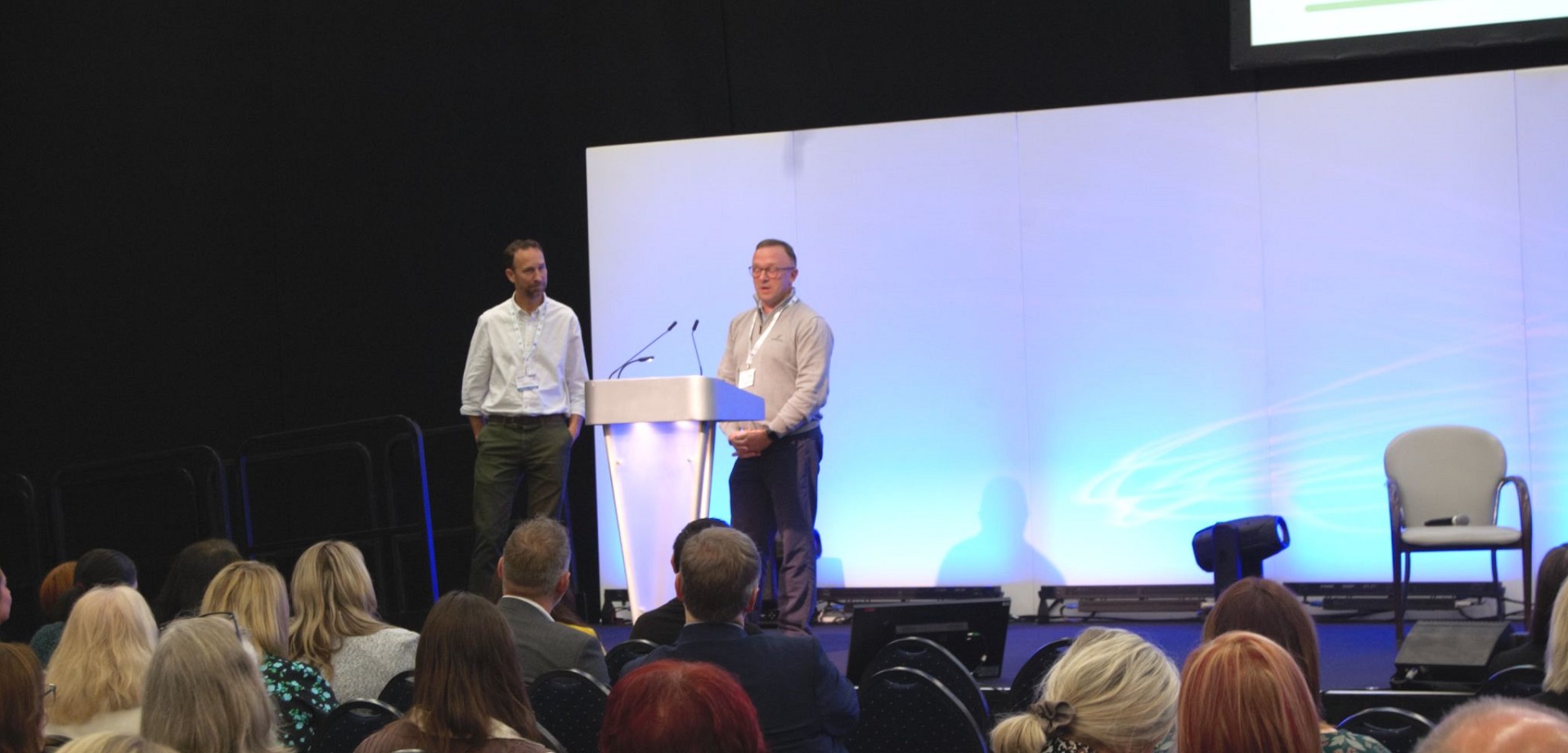Ever wondered how the NHS in Wales is structured?
With various local health boards, trusts, and national bodies playing a role, navigating the system can feel complex. Thankfully, the Welsh NHS Confederation has put together a useful explainer article that breaks it all down clearly and concisely.
How is the NHS in Wales structured?
But understanding structure is just the start. What truly matters is how health and social care work together – and, more importantly, how they must evolve to meet the growing pressures on both sectors.
Why we need to work together
At the National Social Care Conference 2024, the largest social care event in Wales, a milestone moment took place. For the first time, ADSS Cymru and the NHS Confederation hosted a joint session on the future of collaboration across health and social care.
Darren Hughes, Director of the Welsh NHS Confederation, and Lance Carver, Caiderydd of ADSS Cymru and Director of Social Services for Vale of Glamorgan Council, made one thing clear:
Social care is not separate from health but essential to a sustainable healthcare system.
Darren noted that he often talks more about social care than health because, in his words, “keeping people well is essential to sustaining healthcare services.” With cases of diabetes, cardiovascular disease, and dementia rising, the NHS alone cannot meet the demand. A more integrated, preventative approach is needed.
The changing face of healthcare and social care
Darren and Lance highlighted how healthcare delivery is shifting:
- Fewer hospital beds, with more care provided in the community
- Evolving discharge and assessment processes
- Increased use of technology to monitor health at home
However, delays in pathways of care remain a challenge. Lance voiced frustration over how figures are calculated, highlighting flaws in the 48-hour ‘clinically optimised’ discharge timeframe.
“Referrals from health don’t always make sense, and they need to be screened properly. Moving someone into a care home is a huge decision, one that involves finances, personal preferences, and suitability. That can’t realistically be done in 48 hours.”
This highlights the urgent need for stronger communication and more joined-up processes between health and social care.
More than just resources – a shared vision for change
Transforming health and social care isn’t just about funding. It requires a shift in thinking.
Key challenges include:
- Workforce pressures – 65% of the social care workforce is over 55, and there were 1,400 fewer apprenticeships in health and social care last year. Without action, recruitment and retention will become an even bigger challenge.
- Housing as a health issue – Hafod Housing highlighted that half of GP visits are linked to housing needs, from loneliness to unsafe living conditions. Without secure homes and strong communities, health outcomes will continue to suffer.
- Measuring the right data – Health and social care need to rethink what is being measured. Too often, focus is placed on hospital admissions and capacity, while wider determinants of health—such as housing, social support, and prevention—are overlooked.
Lance captured the issue clearly: “The obsession with how hospitals operate takes the focus away from communities and the data we really need to be measuring.”
A call for action – transforming the system together
The key message from the discussion was that transformation must start now.
Collaboration is the only way forward. That means:
- Breaking down silos between health, social care, housing, and education
- Investing in the workforce and adopting more flexible career pathways
- Reframing how success is measured, prioritising wellbeing, prevention, and community-based support
Over a simple conversation, one organisation identified 7,000 people in Rhondda Cynon Taff eligible for pension credit and winter fuel support. They didn’t need complex data-sharing agreements, just meaningful engagement and coordination.
A future built on partnership
At a time when health and social care face unprecedented pressures, working together is no longer optional, it is essential.
This is why understanding the structure of NHS Wales is so important, not just for those in health, but for everyone working in social care, housing, education, and the wider community.
If we truly want a joined-up system that puts people first, we must strengthen partnerships today, not in five- or ten-years’ time.
What do you think? How can health and social care work better together? Head over to our LinkedIn and continue the conversation.





